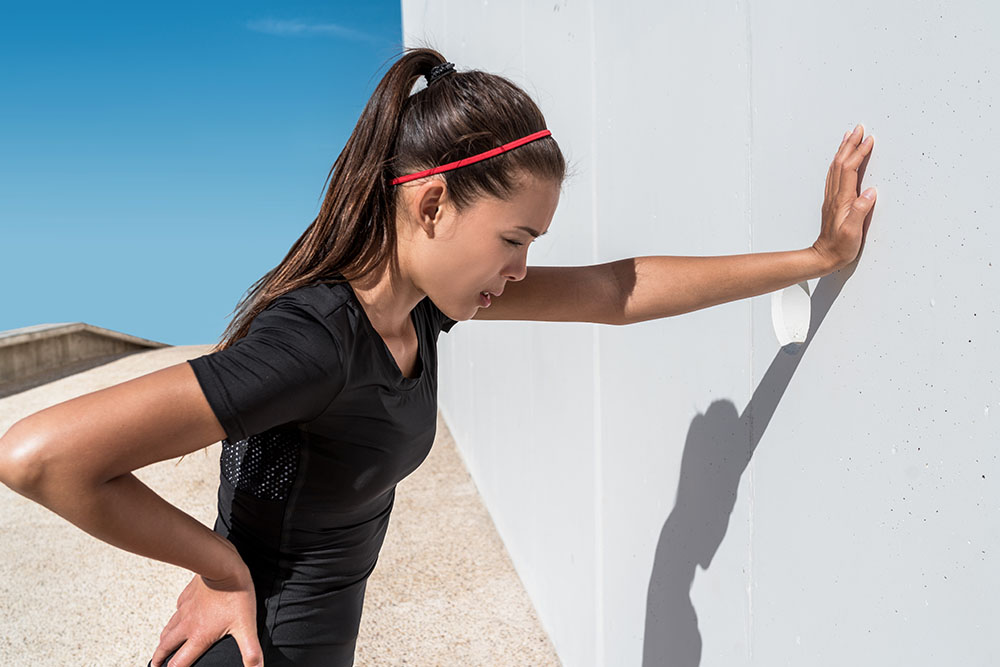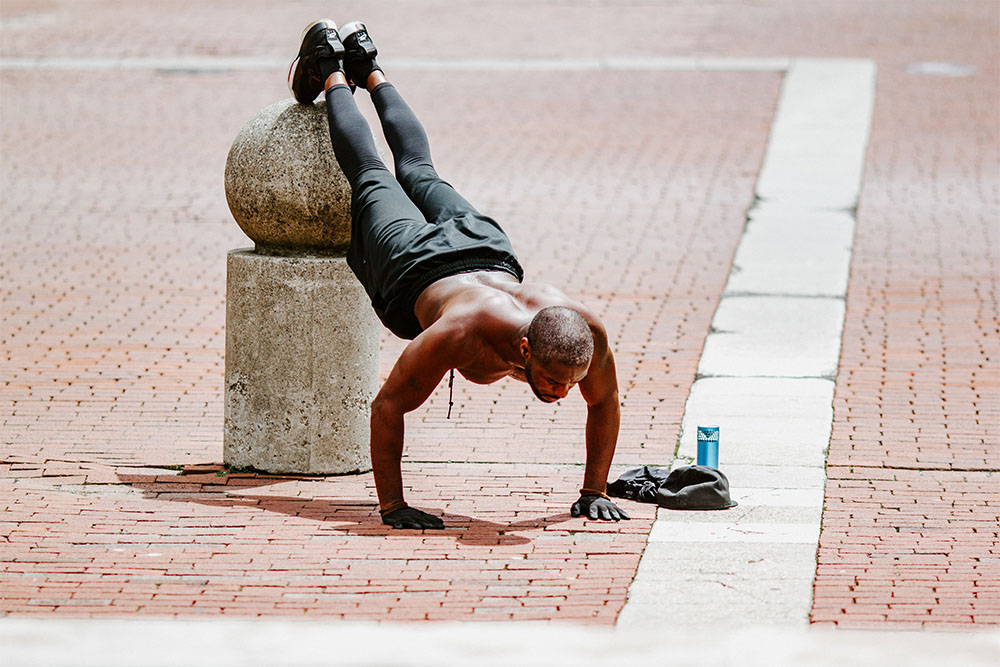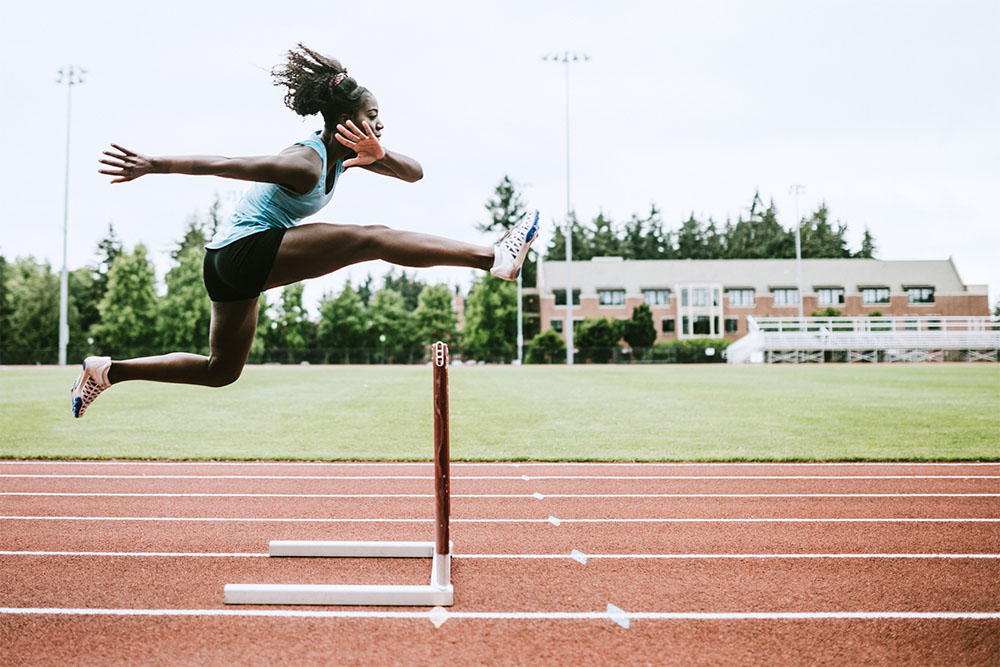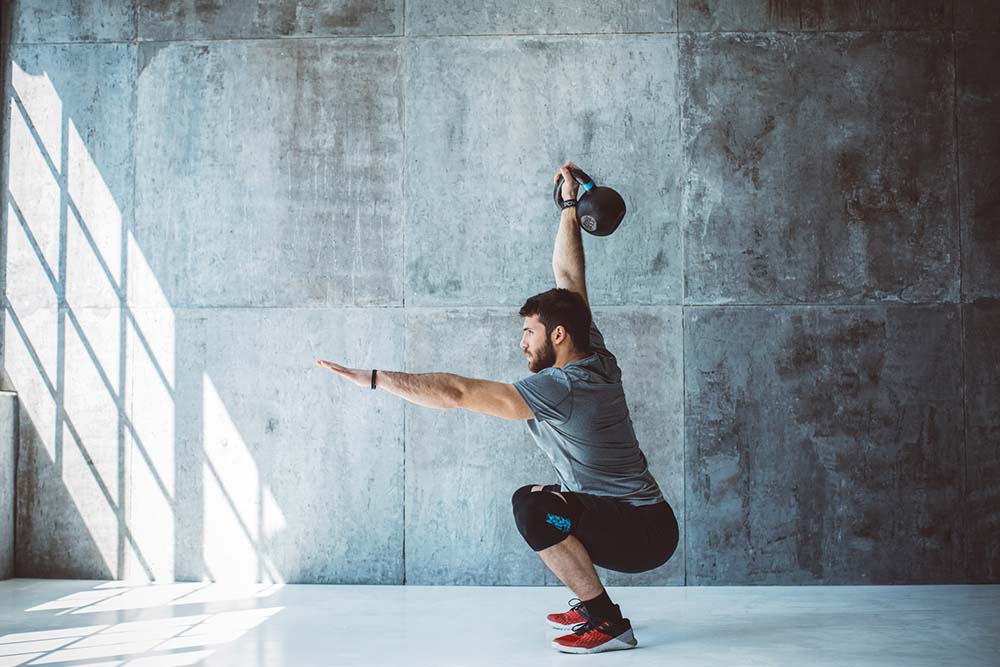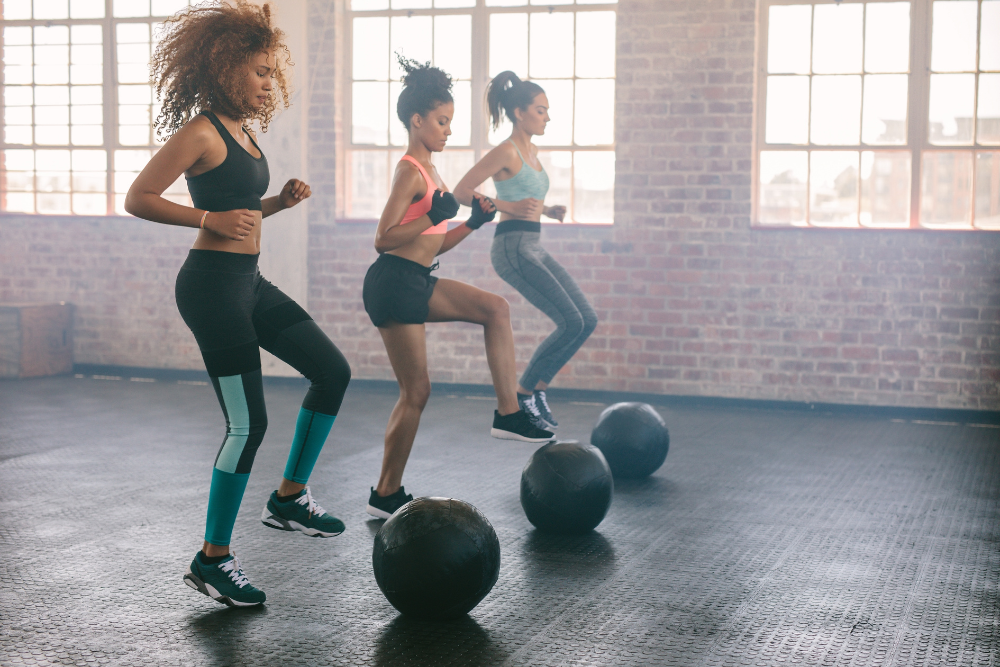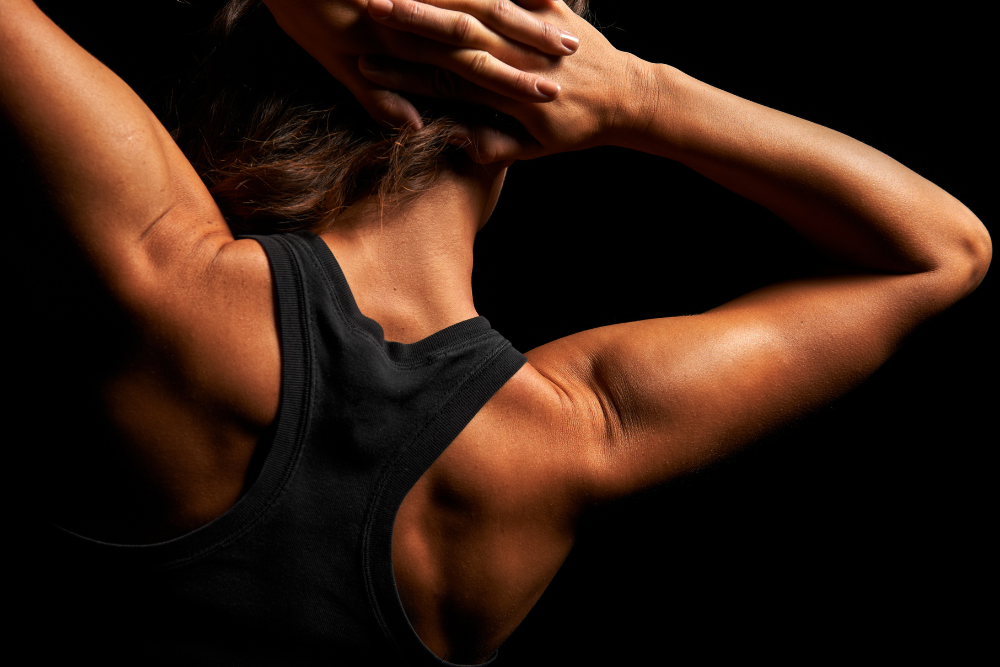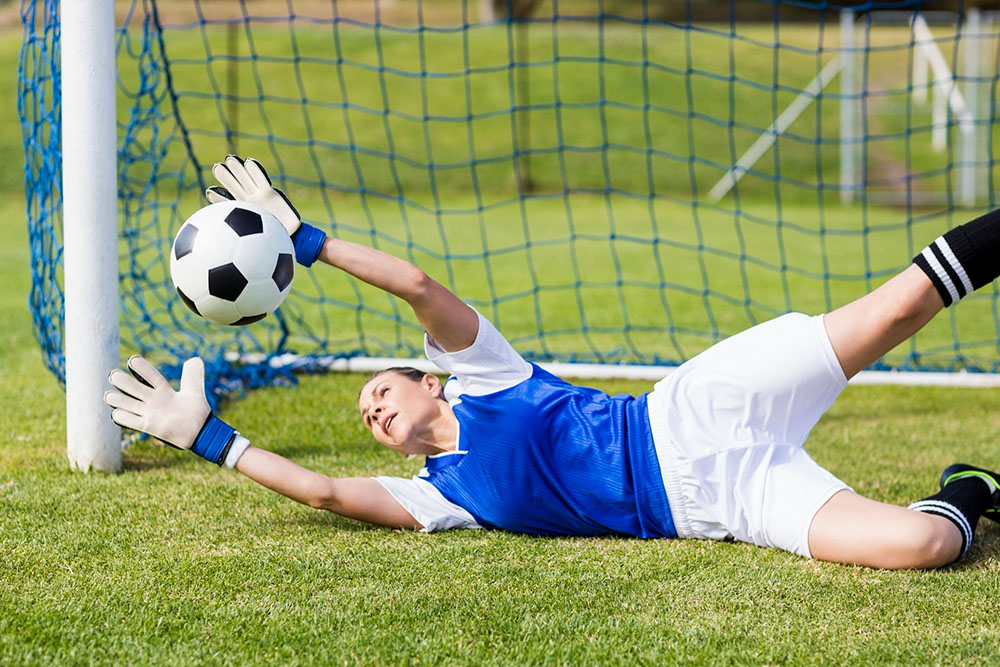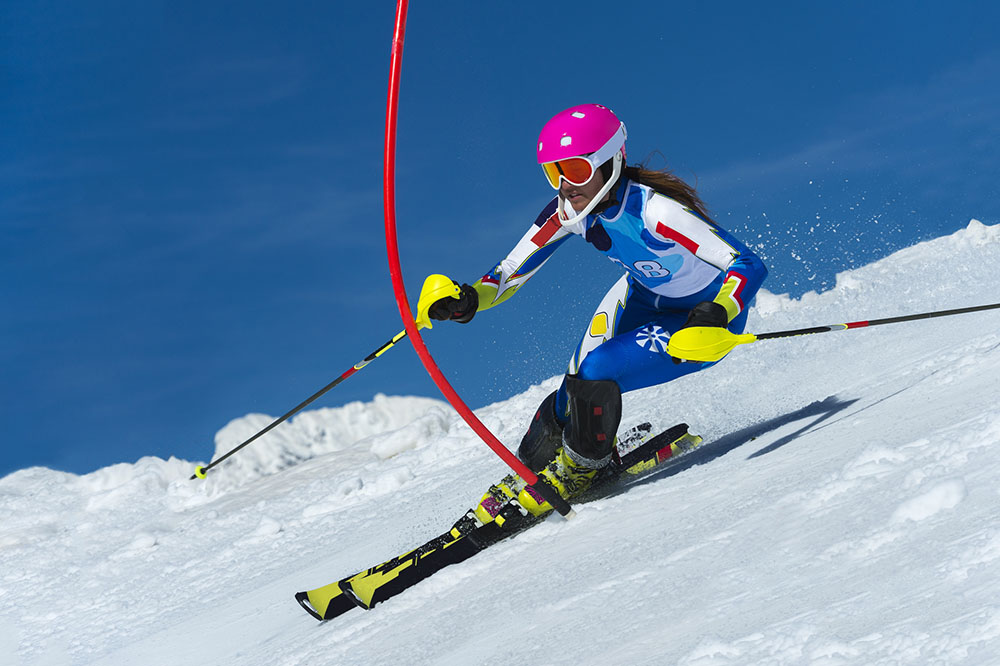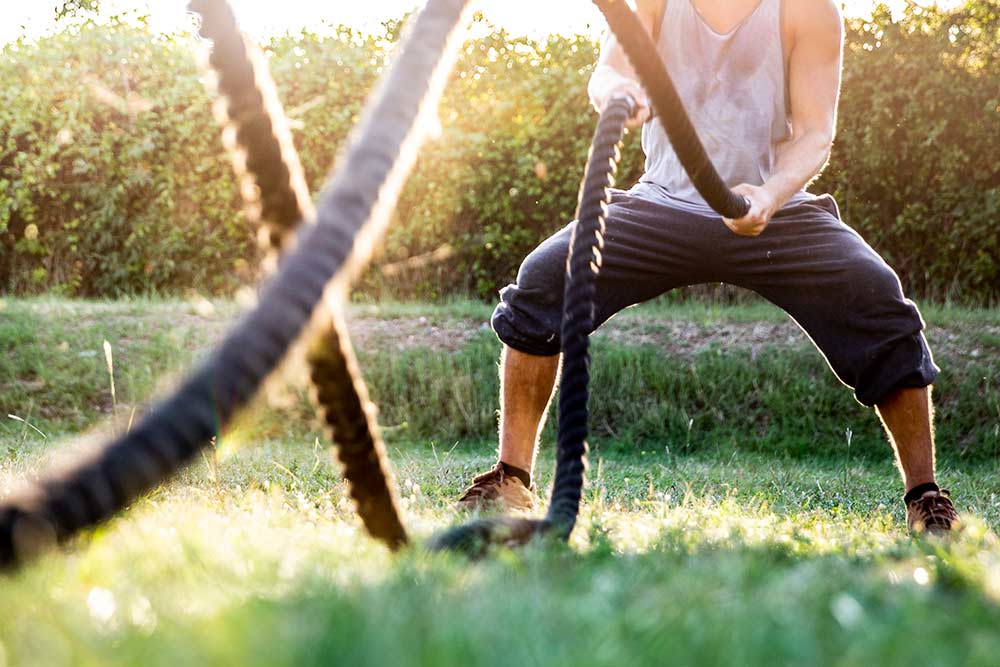How Does the Menstrual Cycle Impact Physical Performance?

Hunter Bennett
There is a myriad of factors that affect physical performance capabilities. Things such as training status, emotional state, and of course both current fatigue and recovery status, are some of those that are most heavily discussed and researched.
However, over the last few years, evidence has shown that the normal fluctuations in hormone levels we see on a daily basis can also have an impact – with the fluctuations that occur with the menstrual cycle also playing a significant and obvious role.
What happens during the menstrual cycle?
The menstrual cycle is considered to encompass two key phases, being the follicular phase (FP) and the luteal phase (LP) (Frankovich, 2000).
The FP typically lasts from day 1 to ovulation (which is typically day 14) of the menstrual cycle, while LP lasts from 14 days after ovulation.
So using a ‘normal’ (whatever that means) 28-day cycle as an example, FP will last from days 1-13, ovulation will occur on day 14, and LP will last from days 15-28.
If we investigate it in a little more detail, the follicular phase can then be further split into two sub-phases, early FP and mid FP.
Early FP is characterized by low concentrations of the two key hormone’s estrogen and progesterone, while mid FP is characterized by high levels of estrogen and low levels of progesterone.
Alternatively, the LP is typified by high concentrations of both estrogen and progesterone.
These two main phases of the menstrual cycle are separated by a steep surge in luteinizing hormone that triggers ovulation. As a result, these cyclical changes tend to be quite predictable and consistent throughout the reproductive years.
It is important to note that while these key female sex hormones are most well known for their ability to impact reproductive function, they also play several other roles.
As such, they are known to affect several cardiovascular, respiratory, thermoregulatory, and metabolic aspects within the human body, which can further impact fluid retention, body temperature, and energy metabolism
As a result, it is quite easy to understand how these hormones – and by extension, the menstrual cycle – can impact physical performance capabilities.
Related Article: Do Women’s Menstrual Cycle Affect Exercise-Induced Muscle Damage?
Does the menstrual cycle phase affect performance?
While these fluctuations can impact upon a number of physiological parameters, the research looking into whether these fluctuations truly have an impact on physical performance is somewhat conflicting.
However, some common trends have emerged that are certainly worth taking into consideration.
It is quite evident that we see a significant increase in resting core temperature during the LP of the menstrual cycle, which is accompanied by an inability to thermoregulate effectively during hot environments.
This may lead to declines in aerobic endurance capabilities during LP if exercise is performed in hot and humid environments, which has obvious implications for both endurance athletes, and those athletes who participate in field sports (de Jonge, 2003).
With this also comes a slight increase in cardiovascular strain during the mid LP of the menstrual cycle, which again may have implications for prolonged aerobic exercise performance – which has been identified by research demonstrating that some individuals fatigue faster during this stage of the cycle (Julian, 2017).
This has further been reinforced when looking at certain strength parameters.
In fact, recent research has shown that during the entirety of LP, absolute force production capacity is reduced when compared to FP. Additionally, muscle tissue will fatigue much faster during repeated contractions in this same timeframe (Pallavi, 2017).
Interestingly, we can also use this information to guide training.
As strength expression and fatigue management are improved during FP, when strength training is prioritized during this time (rather than LP), strength adaptations are greater, and actually occur faster, thus suggesting that this is the optimal time for resistance-based training (Sung, 2014).
On the other hand, anaerobic power performance and the performance of power related tasks (such as sprints and jumps) do not appear to be inhibited by the menstrual cycle at all (Julian, 2017; Bushman, 2006).
But what does this mean for our athletes?
What does this mean for field sports athletes?
Field sports athletes require a unique combination of aerobic endurance, anaerobic capacity, muscular endurance, as well as the ability to express strength and power.
With all this in mind, their performance is going to be slightly better during the FP of the menstrual cycle, as this is when they are going to be more fatigue resistance, demonstrate better endurance capabilities, and can produce repeated muscle contractions without excessive fatigue.
Alternatively, their entire performance capacity is going to be compromised during the LP of the menstrual cycle.
Building on this a little further, there is also merit in prioritizing their training sessions in accordance with their cycle stage to maximize performance outcomes.
As strength adaptions appear greatest during FP, this is when their most intense training sessions should be scheduled. The weeks comprising the LP should, therefore, be used as a training ‘de-load’ weeks to allow physiological adaptations to take place.
What does it mean for endurance athletes?
Somewhat different to our field sports athletes, the ability of endurance athletes to perform at a high level is almost entirely dictated by their aerobic performance capabilities, and their ability to stave off fatigue during aerobic exercise.
As such, their performance is going to be optimized during the FP phase of the menstrual cycle and subsequently compromised during the LP.
Moreover, it is important to note that due to the decline in thermoregulation observed during the LP, endurance performance is going to be further inhibited during hot and humid conditions – which is something that requires consideration.
Tips for competing around the menstrual cycle
Now we all know that tailoring competition to the stage of the menstrual cycle is not really within the realm of possibility for most of us – however, there are certainly some small tips we can implement to mitigate the effects that the stages of the menstrual cycle can have on performance.
If you do find yourself competing during the LP of the cycle, then you want to make sure that you help manage your capacity to thermoregulate. This means having easy access to cold water, ice vests, and cold towels – essentially anything that you can use to keep yourself from overheating.
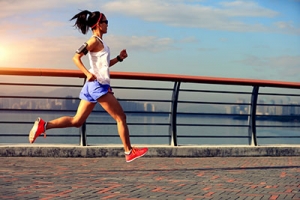 This will increase your endurance capacity considerably.
This will increase your endurance capacity considerably.
Additionally, there will also be substantial merit in supplementing with creatine monohydrate during this period.
This key compound has been shown to enhance anaerobic capabilities, improve strength performance, and stave off muscular fatigue during repeated contractions (Cooper, 2012) – all of which will go a very long way to reverse the negative performance effects observed during the LP.
Finally, it is also in your best interest to keep your pre- and post-exercise nutrition on point during this time period.
This means that you want to ensure that you consume adequate carbohydrates both before and after a competition to not only ensure that you have adequate energy available to fuel your performance, but also adequate fuel available to recover from that performance.
The same holds true for lean protein, which again you want to consume both before and after a competition to maximize performance and mitigate fatigue (Beck, 2015).
Related Article: How Exercising in the Heat Affects Women on Birth Control
Take Home Message
Research suggests the hormone fluctuations that occur with the changes in your menstrual cycle can seriously affect your performance.
For the most part, this means reduced endurance capacity during the luteal phase of your cycle, in conjunction with limited strength expression and a reduction in your ability to tolerate muscular fatigue.
However, it is important to note that while it is pretty much impossible to ensure that you never compete during your luteal phase, there are certain steps you can take to limit the negative impact it can have on your performance – so give the tips we outlined in this article ago and make sure you let us know what you think!
References
Frankovich, Renata J., and Constance M. Lebrun. “Menstrual cycle, contraception, and performance.” Clinics in sports medicine 19.2 (2000): 251-271.
de Jonge, Xanne AK Janse. “Effects of the menstrual cycle on exercise performance.” Sports medicine 33.11 (2003): 833-851.
Julian, Ross, et al. “The effects of menstrual cycle phase on physical performance in female soccer players.” PloS one 12.3 (2017): e0173951.
Pallavi, L. C., Urban John D. SoUza, and G. Shivaprakash. “Assessment of musculoskeletal strength and levels of fatigue during different phases of the menstrual cycle in young adults.” Journal of clinical and diagnostic research: JCDR 11.2 (2017): CC11.
Sung, Eunsook, et al. “Effects of follicular versus luteal phase-based strength training in young women.” Springerplus 3.1 (2014): 668.
Bushman, B., G. Masterson, and J. Nelsen. “Anaerobic power performance and the menstrual cycle: eumenorrheic and oral contraceptive users.” Journal of sports medicine and physical fitness 46.1 (2006): 132.
Cooper, Robert, et al. “Creatine supplementation with specific view to exercise/sports performance: an update.” Journal of the International Society of Sports Nutrition 9.1 (2012): 33.
Beck, Kathryn L., et al. “Role of nutrition in performance enhancement and postexercise recovery.” Open access journal of sports medicine 6 (2015): 259.
You Might Like:


